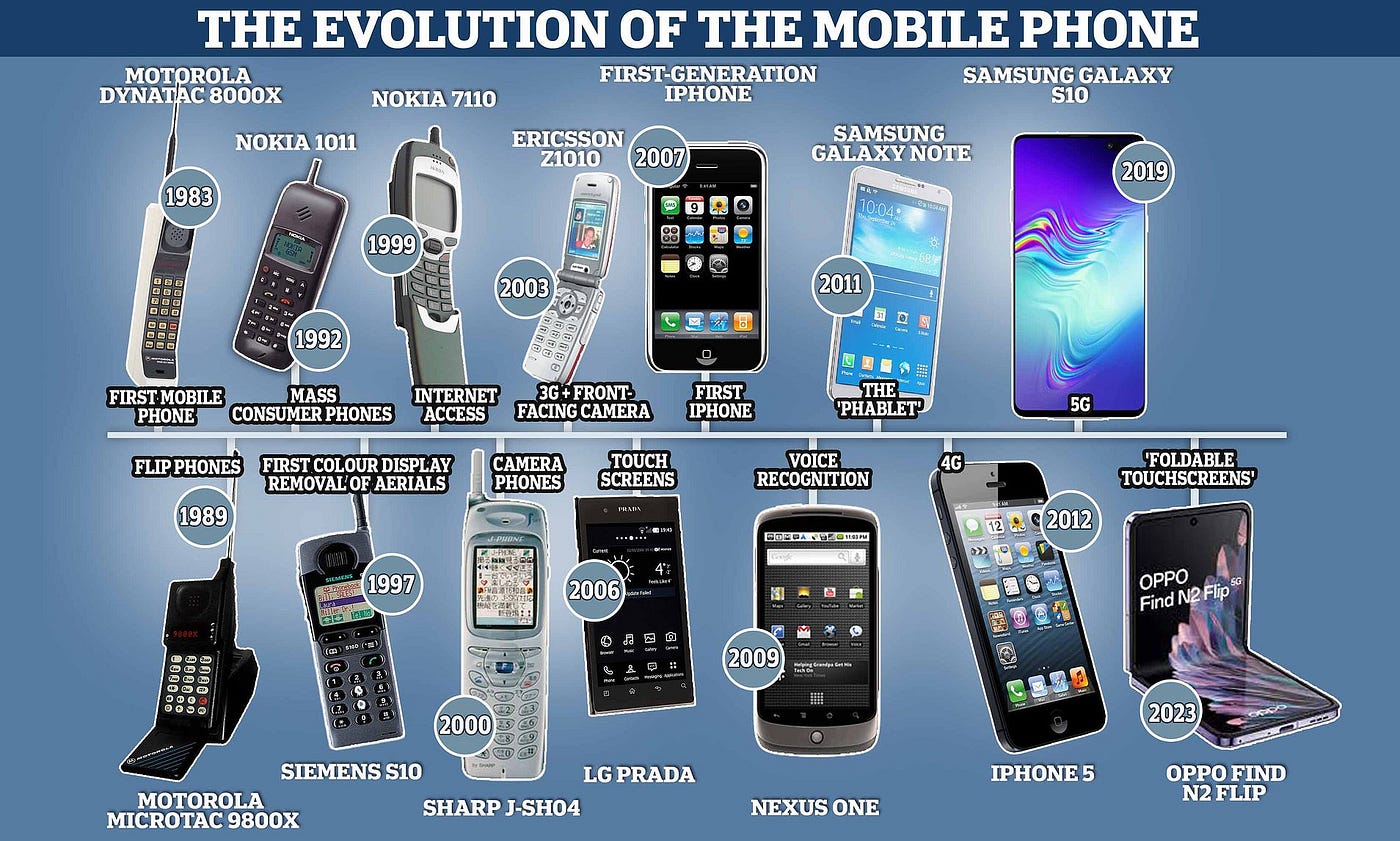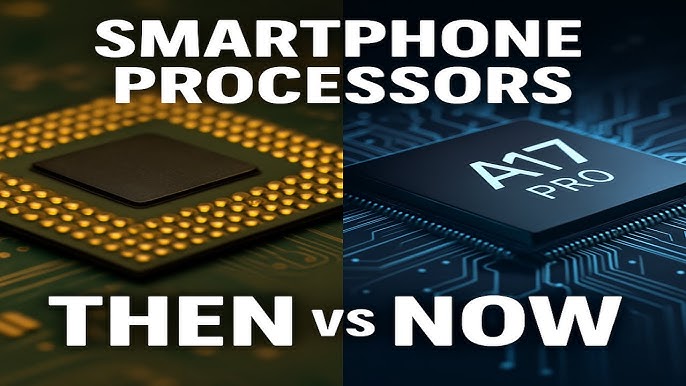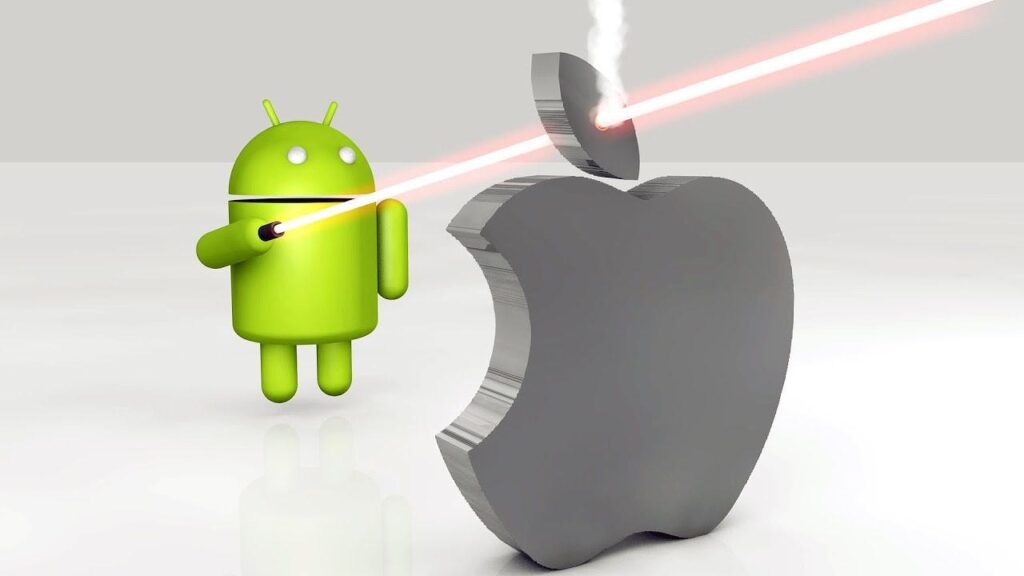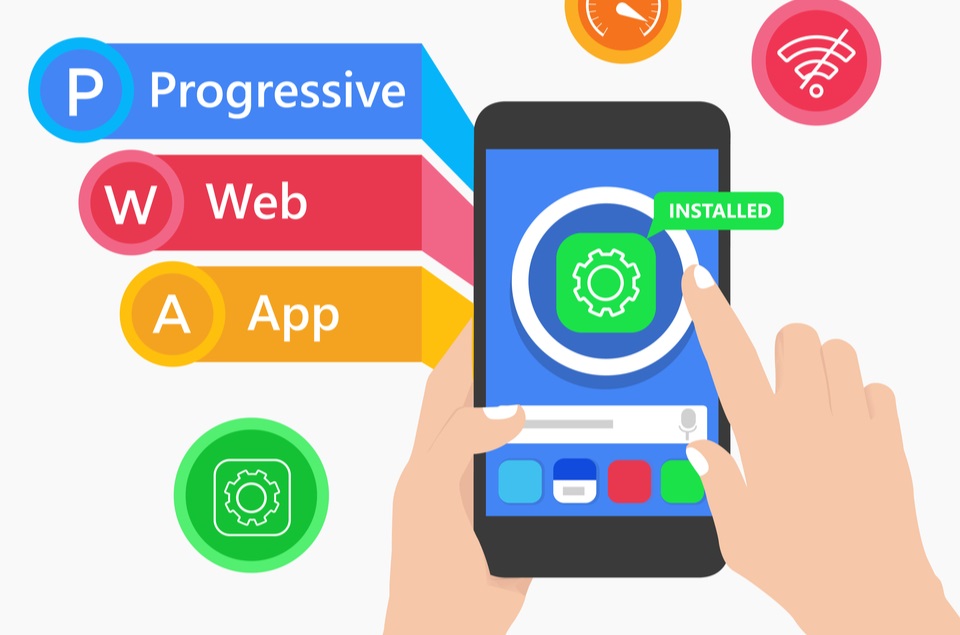The smartphone industry has experienced rapid evolution over the past decade, revolutionizing the way we communicate, work, and live. From basic mobile phones to powerful handheld computers, the journey of smartphones is nothing short of extraordinary. In this article, we explore the evolution of smartphones, highlighting key technological advancements, major industry shifts, and what the future may hold.

The Early 2010s: Laying the Foundation
In the early 2010s, smartphones were already gaining popularity thanks to trailblazers like Apple’s iPhone and Android-powered devices from Samsung, HTC, and Motorola. However, hardware limitations and software ecosystems were still developing.
Key developments during this period:
-
The rise of capacitive touchscreens replacing physical keyboards.
-
Android and iOS emerging as dominant mobile operating systems.
-
Introduction of app stores: Apple App Store (2008) and Google Play Store (rebranded in 2012).
-
Front-facing cameras enabling selfies and video calls.
By 2012, smartphones had become mainstream globally, and the race for innovation had truly begun.
2013–2015: Bigger Screens, Better Cameras
This era marked the beginning of the phablet trend—phones with screens larger than 5 inches. Consumers favored bigger displays for media consumption, prompting manufacturers to focus on screen-to-body ratios and resolution.
Notable innovations:
-
Full HD and Quad HD displays.
-
The advent of fingerprint scanners for added security.
-
Improved camera sensors with higher megapixel counts.
-
Introduction of metal and glass phone designs (e.g., iPhone 6, Samsung Galaxy S6).
Smartphones became more than just communication tools—they were becoming entertainment hubs and productivity devices.
2016–2018: Performance & Design Revolution
By this time, flagship smartphones were pushing the boundaries of performance and design. Slimmer bezels, faster processors, and dual-camera systems became the norm.
Important milestones:
-
Qualcomm Snapdragon 800-series dominating Android performance.
-
iPhone 7 removing the headphone jack, sparking a global shift to wireless audio.
-
Introduction of dual and triple camera setups for portrait and ultra-wide shots.
-
Water and dust resistance becoming a standard feature.
In 2017, Apple introduced the iPhone X, the first iPhone with an OLED display, Face ID, and gesture-based navigation—features that many Android phones soon adopted.
2019–2021: Foldables and 5G
As the market matured, innovation shifted toward new form factors and connectivity. Foldable phones became a reality with models like the Samsung Galaxy Fold and Huawei Mate X.
Game-changing technologies:
-
Launch and expansion of 5G networks globally.
-
Foldable and dual-screen phones offering a tablet-like experience.
-
AI-powered photography, enabling low-light and computational imaging.
-
Faster charging speeds, often exceeding 65W.
The pandemic also accelerated smartphone dependence for remote work, learning, and entertainment.
2022–2025: AI, Sustainability, and Ecosystem Integration
The current wave of smartphone innovation is largely driven by artificial intelligence, sustainability, and deeper integration with smart ecosystems.
Key trends:
-
AI-enhanced features: voice assistants, real-time translation, personalized app suggestions.
-
Emphasis on sustainable materials and longer software support.
-
Satellite connectivity for emergency communications.
-
UWB (Ultra-Wideband) for precise location tracking and smart home control.
-
Seamless ecosystem integration (phones, tablets, wearables, smart TVs).
Manufacturers are also exploring under-display cameras, rollable screens, and cloud-powered processing to define the next chapter.
What’s Next for Smartphones?
Looking ahead, several disruptive technologies are poised to shape the next decade of smartphones:
-
Augmented Reality (AR): With Apple Vision Pro and other headsets gaining traction, AR integration into phones could become more mainstream.
-
Modular Phones: Although past attempts failed, sustainability and customization might revive interest in modular designs.
-
Holographic Displays: Experimental, but promising for 3D interactions without glasses.
-
Battery breakthroughs: Solid-state batteries could dramatically improve battery life and charging safety.
Final Thoughts
The past decade has shown that smartphones are not just communication tools—they are lifestyle companions, productivity aids, and even status symbols. From the rise of AI to the integration of foldable displays and 5G, the evolution of smartphones continues to astonish.
As consumers, we benefit from these technological leaps with more powerful, secure, and intelligent devices in our hands. For developers, entrepreneurs, and businesses, the opportunities to innovate within this ecosystem are greater than ever.
Stay tuned to technologysage.net for the latest smartphone reviews, tech insights, and app recommendations that keep you informed and ahead of the curve.


